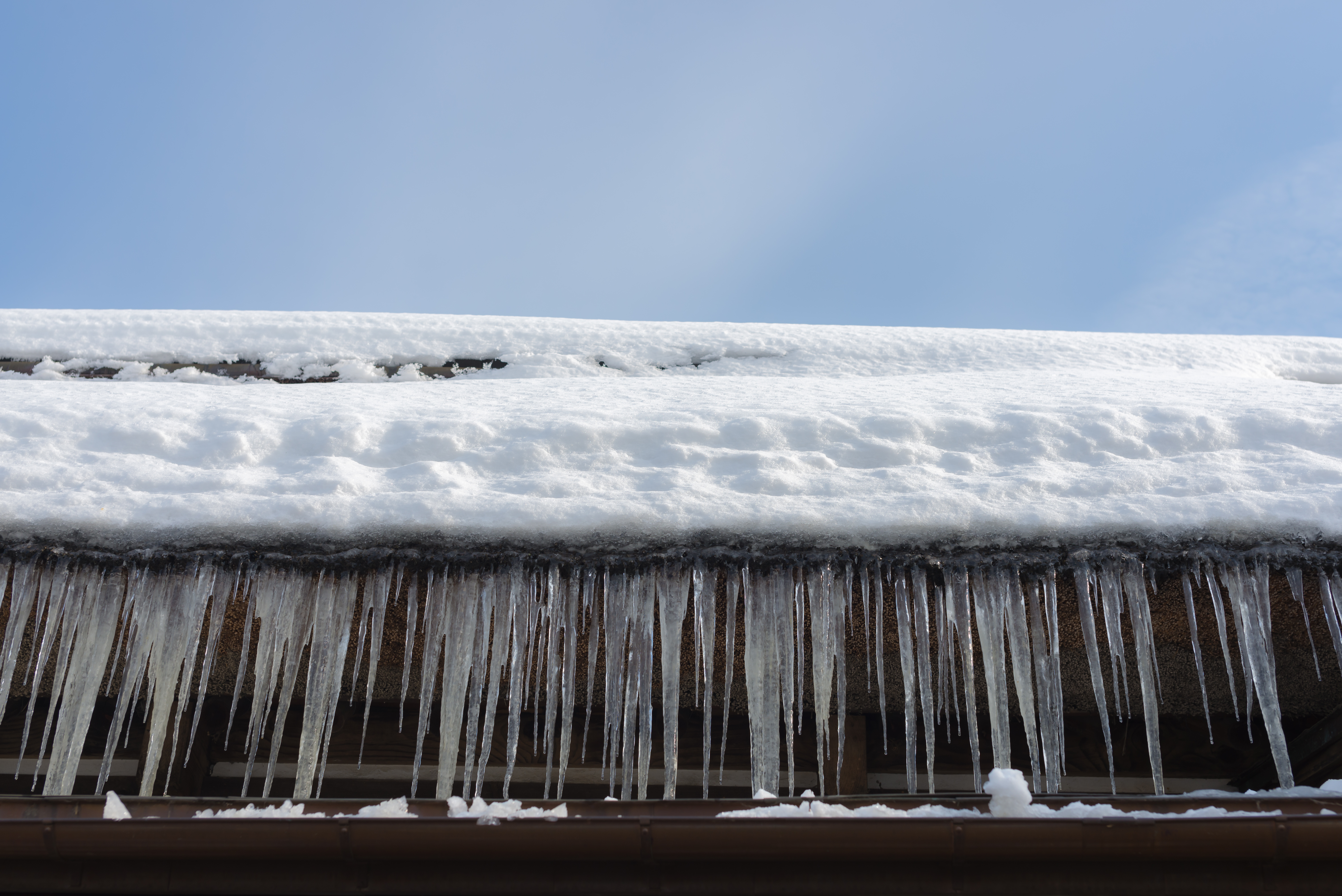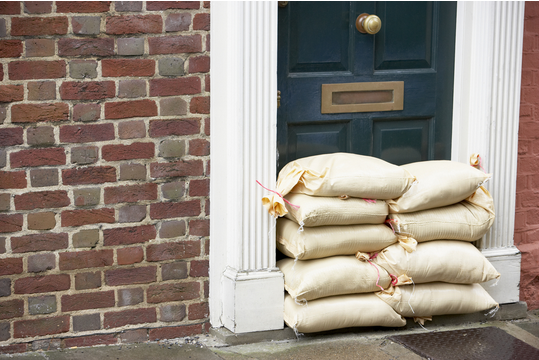The harsh winter months are upon us and many of us are concerning ourselves with how best to wrap up warm. It is however, equally important to remember that our homes are as susceptible to the cold as we are. Freezing temperatures are capable of bursting water pipes and tearing apart driveways and roofs. Learning how best to combat these threats is a necessity for the maintenance of your home.
The threat: Frozen or burst pipes
One of the most common issues associated with the cold of winter is frozen or burst pipes. A lack of care when it comes to preserving the warmth of your home during winter can allow low temperatures to cause devastating damage. In such conditions, the network of pipes that provide homes with heat and water are especially vulnerable. Biting cold brings with it frozen or even burst pipes – and the same applies to hot water storage tanks. Even the hardiest lowara pressure vessel can suffer in freezing weather.
The solution
The first, and most obvious, countermeasure is to ensure that all pipes in exposed areas are properly outfitted with lagging material. The insulating material will better preserve the temperature inside at-risk pipes – shoring up their defence against the cold. Other precautionary measures that are simple yet effective include: fixing leaky taps, eliminating draughts and assuring the health of your boiler by having it regularly serviced. If you are going away for a considerable period of time, it may be worth leaving your heating on while you’re away to stifle the debilitating effects of prolonged cold on the home.
The threat: Freeze-thaw weathering
The second prominent scourge of winter is freeze-thaw weathering. As the temperature see-saws between below freezing and above freezing, water alternates between liquid and solid form. This expansion and contraction can test the mettle of any space where water has accumulated – from vacant roof tiles to gutters to driveways riddled with gaps.
The solution
To stave off the meddling influence of freeze-thaw weathering, it helps to put up a number of defences. Clearing out gutters, replacing any broken or missing roof tiles and filling in any depressions and divots in your driveway are all important steps. With any potential vulnerabilities covered, there are no spaces for the cold to exploit.
The threat: Ice dams
In particularly cold temperatures, ice dams can appear. Ice dams are ridges of ice that form on the edge of a roof. Because of their location, the ice prevents all of the snow and water that accumulates behind it on the roof from funnelling into the gutters like it normally would. With nowhere for the water to go, the likelihood of it seeping through the roof and tarnishing the ceilings beneath is dramatically increased.
The solution
To prevent the formation of ice dams, the best preventative measure you can take is to ensure that your roof is sufficiently insulated. Aside from measures you can take in anticipation of ice dams, the only reactionary measure worth taking is getting yourself a roof rake – a device with a telescoping handle that will allow you to scrape away any recalcitrant ice or snow before it has the chance to form an ice dam.
With all of these tips and tricks under your belt, you should be well-equipped to deal with anything winter can throw at you and your home.





